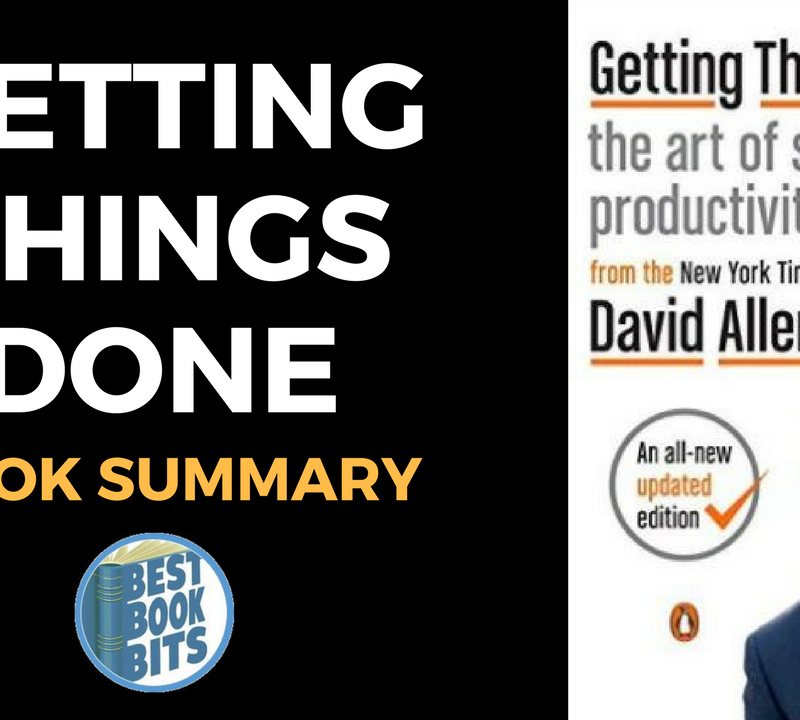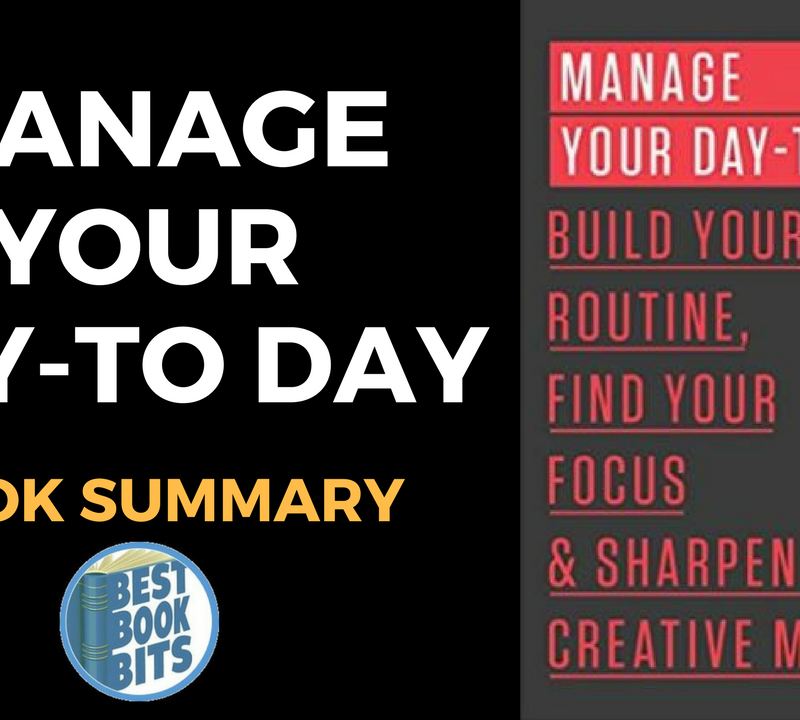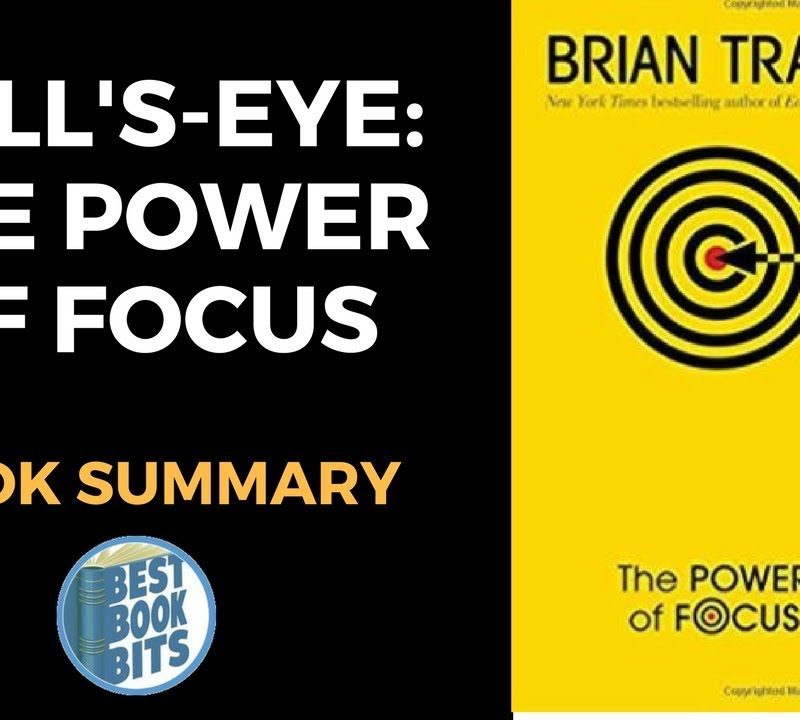JOIN THE ‘BEST BOOK CLUB’ NOW HERE
DOWNLOAD THIS FREE PDF SUMMARY HERE
STOP TRYING TO ACHIEVE YOUR GOALS BY YOURSELF AND BE COACHED TODAY HERE
CHECK OUT THE FOLLOWING Book | Summaries | Course | YouTube |Spotify | Instagram | Facebook | Newsletter | Website
10 Steps to Earning Awesome Grades”, Thomas Frank
SYNTHESIS: A short, practical guide for students on being more productive and studying more effectively by veteran student-success writer, Thomas Frank of College Info Geek.
STEP 1 – PAY BETTER ATTENTION IN CLASS
Avoid burn out by staying healthy:
- Eat healthy 90% of the time.
- Work out regularly.
- Get at least 6 hours of sleep per night.
Be deliberately and actively present in class:
- Sit up front.
- Speak up in class discussions.
- Take lots of notes.
Take lots of notes by finding ways to force yourself to do it:
- Make an internal commitment.
- Form a note-sharing study group.
- Use a habit tracking tool (like Habitica).
- Make your notes public.
Minimise willpower killing friction by preparing in advance:
- Find next year’s accommodation 7 – 8 months ahead of time.
- Plan for the following day the previous evening (charge devices, pack bags, sync files).
- Use notes (physical and digital) and alarms to trigger your mindfulness.
Be solution oriented but be sure to use Professor’s office hours if you’re really stuck:
- First, push yourself for 15 minutes to solve something.
- During that time, note everything you do to try and solve the problem.
- Only then, if you’re still stuck, should you ask for help.
- But not before you have a clear answer to the question:
“What is it [exactly] that I don’t understand?”
JOIN THE ‘BEST BOOK CLUB’ NOW HERE
DOWNLOAD THIS FREE PDF SUMMARY HERE
STOP TRYING TO ACHIEVE YOUR GOALS BY YOURSELF AND BE COACHED TODAY HERE
CHECK OUT THE FOLLOWING Book | Summaries | Course | YouTube |Spotify | Instagram | Facebook | Newsletter | Website
STEP 2 – TAKE MORE EFFECTIVE NOTES
Copying down word for word will distract you from taking time to understand the content.
Instead, focus more on what is meant (meaning) than what is said (syntax) when taking notes
Experiment with the following 5 note-taking methods to help:
- The Outline Method– a standard hierarchical approach.
- Use bullets and sub-bullets to structure your notes
- Pros: easy to do.
- Cons: can lead to mindless note-taking (see above).
- The Cornell Method– split each page into three columns:
- Cue column– Questions based on the main ideas and important details.
- Note-taking column– Contains your normal notes during class.
- Summary column– End of class summary of your notes column.
- Pros: sets up notes for efficient studying while you take them.
- The Mind Map Method (a great web app is Coggle)
- Write a single “umbrella term” in the middle of a blank page.
- Write words around it that expand the idea and more words around those.
- Use lines, colours, doodles and diagrams to connect all the words.
- The Flow Method– a holistic approach that forces active note taking and best used for topics where ideas readily connect.
- Write important terms down as they come up.
- Connect them with arrows to show links.
- Synthesise things in your own words (don’t parrot).
- Create backlinks to earlier parts of your notes
- The “Write on Slides” Method– annotate your slides instead of writing separate notes (be sure to stay active and don’t get lazy!).
STEP 3 – GET MORE OUT OF YOUR TEXTBOOKS
Don’t do all your assigned reading.
- Much will be covered in class; and
- You won’t be tested on a lot of it.
Instead, gauge your classes and split your reading into:
- Primary readings– things you must read (like the generally required textbook); and
- Secondary readings– things it would be nice to read (smaller books, articles, case studies etc…).
Adapt your reading style to the way your knowledge will be tested e.g.,
- Multiple Choice– Learn facts and specific details; or
- Essays– Identify and summarise the main ideas.
Read actively, not passively using these 6 techniques:
- Pseudo-skim– Speed through filler text, slow down for the important stuff.
- Read the chapter backwards– Prime your brain with any summary points, glossaries and questions.
- Create questions– As you read, rework the details into questions you can use to test yourself later.
- Pay attention to formatting– e.g., bold, italics and lists
- Mark up and take notes in your book– Use sticky flags if you can’t deface the book, otherwise use a pencil or highlighter.
Write summaries of what you read as if you were teaching it to others.
- Summarise what you’ve just read from memory immediately after finishing (active recall).
- Make it simple and test your knowledge by imagining teaching it to someone else.
JOIN THE ‘BEST BOOK CLUB’ NOW HERE
DOWNLOAD THIS FREE PDF SUMMARY HERE
STOP TRYING TO ACHIEVE YOUR GOALS BY YOURSELF AND BE COACHED TODAY HERE
CHECK OUT THE FOLLOWING Book | Summaries | Course | YouTube |Spotify | Instagram | Facebook | Newsletter | Website
STEP 4 – PLAN LIKE A GENERAL
Separate planning from doing.
This will let you focus on doing without thinking making you more efficient.
Create and update a long-term plan for your education from day 1.
Plan your week on a Sunday and match your tasks to your energy levels:
- Make a list of academic and non-academic things you must do this week.
- Group those activities by “High” and “Low” thought-intensity work.
- Plan and adapt your tasks during the week to your energy levels.
- Get to know when your typical high energy level times are and adjust accordingly.
Plan your day the night before or first thing in the morning:
- Look at your calendar and to do lists.
- Make a list of things that need to be done tomorrow.
- Prioritise your list by putting the most important things at the top based on:
- Positive impact– What will get you closest to your goals?
- Negative impact– What will stop your life spiralling into chaos?
- Willpower– What will require the most willpower to complete?
- Estimate how long each task will take to complete (adjust for your fudge ratio*)
- Combine this with your start time to come up with an end goal for the day.
- Start from the top of the list and work your way down.
* To work out your fudge ratio (the amount you tend to underestimate timings):
- Estimate your task times for the day (e.g., task A: 1 hour).
- Record your actuals (e.g., task A: 1h 37 mins).
- Divide your actuals by your estimates (97 mins / 60 mins = x1.62).
- Use your fudge ration to improve your estimates.
- Trust your gut once you have a better feel for setting timings.
Break down projects by:
- Splitting the project into tasks.
- Grouping the tasks into contexts.
- Planning exactly how and when you’ll devote resources to them.
STEP 5 – BUILD A BETTER STUDY ENVIRONMENT
Design your environment deliberately to minimise friction.
- Optimise location and music.
- Minimise real-world and technical distractions.
For location:
- Work where others are working (e.g., libraries, coffee shops and cowering spaces).
- Think out of the box (e.g., attend concentrated seminars or work weekends on a topic).
For music: experiment to see what works for you…
- Try different genres with different kinds of work.
- Experiment with white, pink or brown noise.
- Trial ambient noise (e.g., rain, coffee shop etc…).
- Mix them all together.
To limit real-world distractions:
- Avoid distracting places– See above, comes down to personal preference.
- Avoid distracting people– Studying with friends isn’t always a good idea.
- Learn to say no to fun things.
- Make it difficult for people to contact you(see above and below).
To limit digital distractions: put hurdles in place to make procrastination more hassle than its worth:
- For your phone:
- Turn it off.
- Turn off most of the notifications.
- Put in on do not disturb mode.
- For your computer:
- Block your access to time-sink websites with e.g., StayFocusd(Chrome), FocalFilter(Win), ColdTurkey (Win) or SelfControl (Mac).
- Uninstall time-sink apps (e.g., games).
- Hide the bookmarks bar in your browser.
- Set up a “work” user account on your computer.
- Use a different computer entirely (e.g., in a computer lab) to do your work.
STEP 6 – FIGHT ENTROPY AND STAY ORGANISED
Organise your files the right way:
- Download and install Dropbox/Google Drive– gives you access to your files wherever you are.
- Set up your folder structure– split your life into sensible pieces as a start.
- Set up your college folder– split it e.g., by year > class > projects, add extra folders for e.g., clubs.
Build a quick capture system to get ideas out of your head with tools like a physical notebook or apps like Drafts (iOS), Evernote, Scanbot, Trello, Google Calendar, Todoist or Pinboard.
Use Evernote (or Dropbox) as a second brain.
Use a task manager: “The best to-do app is the one that works well for you.”
Some good options include: Wunderlist, Remember the Milk, Google Tasks, Todoist, Producteev, Omnifocus and Asana.
Fight entropy and friction by using a checklist to keep your world and your systems tidy each week.
STEP 7 – DEFEAT PROCRASTINATION
Only say, “I don’t feel like it” if you add “but I’m going to do it anyway.”
The Procrastination Equation is a useful way to think about motivation. It says:
- Motivation= (Expectancy x Value) / (Impulsiveness x Delay) where
- Expectancy– your perceived odds of succeeding at the task;
- Value– how much you care about the reward;
- Impulsiveness– how easily distracted you are; and
- Delay– the time it’ll take you to get the reward.
So to increase motivation:
- Notice you’re procrastinating.
- Understand what part of the equation is suffering.
- Find a way to fix it. I.e.,
- Increase expectancy– work on your confidence at succeeding;
- Increase the task’s value– make the reward bigger, or process more rewarding;
- Decrease impulsiveness– better avoid distractions (see tip 5); and
- Accept delay– give yourself micro-rewards (e.g., chocolate).
Build good habits with Habitica
- Willpower is a limited resource.
- Habits allow you to act without using willpower.
- Building good habits makes putting in consistent daily effort easy.
- Habitica makes building good habits easy by making it fun and social.
Give yourself permission to batch your fun (e.g., games, social media) into high-density stretches that incentivise you to get your work done.
Use the Pomodoro technique to just focus on the next 25 minutes:
- Commit to one task.
- Set a 25-minute timer.
- Do as much as you can in that time.
- Have a short 3 – 5-minute break.
Make procrastinating (failing) painful with e.g., Beeminder
JOIN THE ‘BEST BOOK CLUB’ NOW HERE
DOWNLOAD THIS FREE PDF SUMMARY HERE
STOP TRYING TO ACHIEVE YOUR GOALS BY YOURSELF AND BE COACHED TODAY HERE
CHECK OUT THE FOLLOWING Book | Summaries | Course | YouTube |Spotify | Instagram | Facebook | Newsletter | Website
STEP 8 – STUDY SMARTER
Get used to assessments by replicating test conditions when you study. To do so:
- Gather your materials– syllabus, handouts, notes, assignments, textbook.
- Identify the topics likely to come up in tests– prioritise these in your learning.
- Create study guides for each topic– design questions that will test your active recall on the topic.
- Get studying– write model answers to the questions.
- Test yourself– practice until it’s easy to answer those questions under test conditions.
Prioritise active learning over passive learning.
- Passive learning– exposing yourself to material and hoping it will sink in.
- Active learning– force yourself to recall information independently with testing.
Use spaced repetition (see Anki) to maximise learning efficiency.
- Forces active recall just when you might forget it.
- Helps you focus on things you still need help learning.
For subjects like Math:
- Learn to notice your confusion– be specific about it (see step 1), test for gaps with problem sets.
- Understand, don’t memorise– chip patiently away at concepts until the “Aha! I get it!” moments, test by explaining it to someone else.
- The. Math! – Learn by doing lots and lots of problems.
STEP 9 – WRITE BETTER PAPERS
- Do an unstructured brain dump– Knowledge, questions, points, sources, quotes.
- Develop a focus and questions to answer– This will break down and give your research direction.
- Keep your research focused and systematic
- Find sources– Use Wikipedia, textbooks and Google Scholar to find sources.
- Make a personal copy– Save or scan a copy to e.g., Evernote or Dropbox.
- Annotate the material– Skim while creating short notes that reference page numbers.
- Decide if you’re done– Stop when you have at least 2 facts to support each main point.
- Write an awful first draft– Just get ideas on the paper, stay detached by doing so in a separate document or app like Evernote or Byword (Mac, iOS).
- Edit ruthlessly– Add needed detail, restructure, reorder and fix mistakes asking:
- Is there good narrative flow?
- Is the main idea clear, relevant and effectively communicated?
- Do the sections back the main idea up?
- Is there enough research to support the facts?
- What can I remove or state in a simpler or better way?
- Tighten up the writing– Check spelling, grammar, formatting, rhythm and flow by:
- Print out the paper and mark the errors in full by hand.
- Read the paper out loud to yourself.
- Take note of your common errors (i.e., spelling, punctuation).
- Ask for feedback from experts and non-experts.
- Use each potential reviewer only once.
- Explain what kind of feedback (detailed, big-picture) you want.
- Do a final check– Ask yourself “Is it ready?” Once you’re satisfied, let it go.
STEP 10 – MAKE GROUP PROJECTS SUCK LESS
Make good use of the first meeting:
- Get everyone knowing everyone
- Make small-talk and be a generally nice human being.
- Gather names, numbers, emails – send these to the whole group during the meeting.
- Have everyone share a bit about themselves (strengths, weaknesses, likes, dislikes).
- Set up goals and expectations – “When in doubt, be the leader.”
- Create and schedule milestones for the project.
- Assign every task to someone specific based on strengths and preferences (never assume something will get done).
- Set a time for the next meeting.
- Create strong communication channels– see Slack
Nominate an editor whose job it is to collect and integrate all the finished components.
Use great tools to make life easier:
- Trello– To track and delegate tasks.
- Slack– For team communication.
- Google Docs– For real-time document collaboration.
FIN – WHERE TO GO FROM HERE
- Pick 1 – 2 main focusses.
- Write down a goal for that area.
- Write an action plan to achieve it.
- Get started!
JOIN THE ‘BEST BOOK CLUB’ NOW HERE
DOWNLOAD THIS FREE PDF SUMMARY HERE
STOP TRYING TO ACHIEVE YOUR GOALS BY YOURSELF AND BE COACHED TODAY HERE
CHECK OUT THE FOLLOWING Book | Summaries | Course | YouTube |Spotify | Instagram | Facebook | Newsletter | Website













